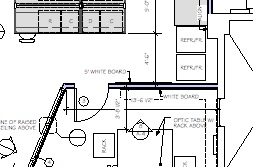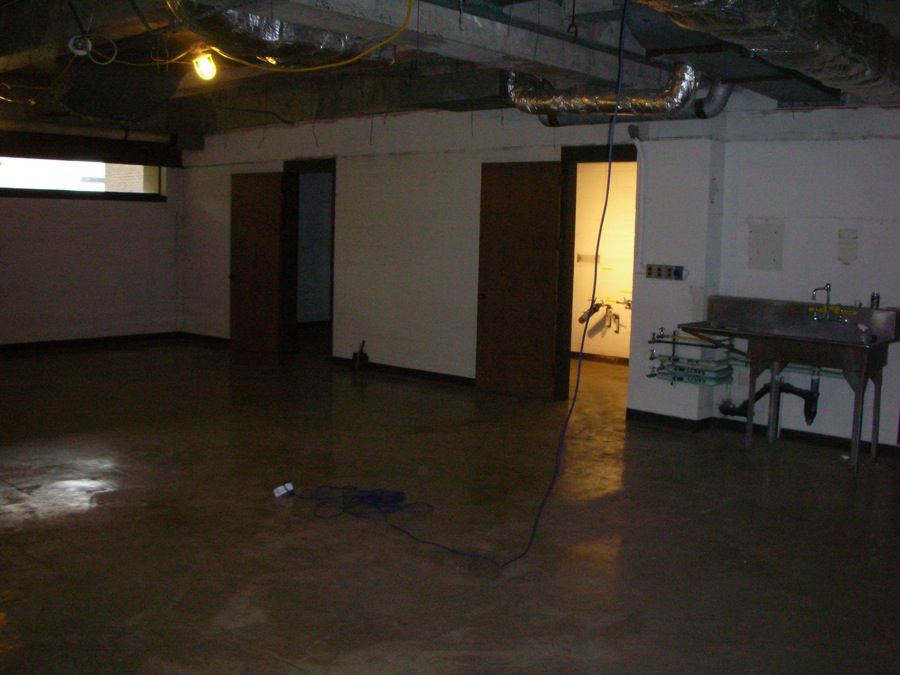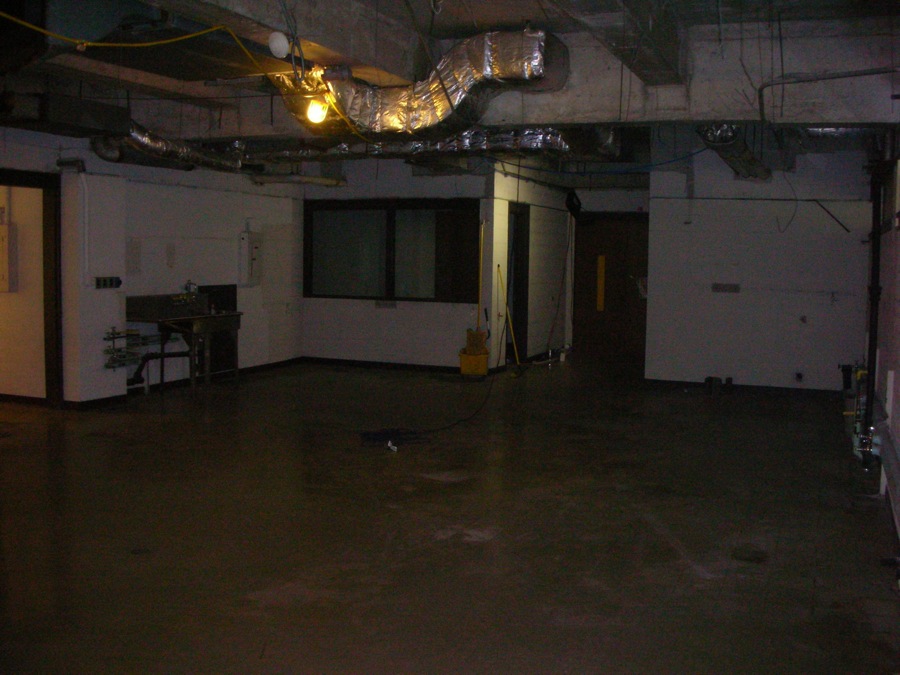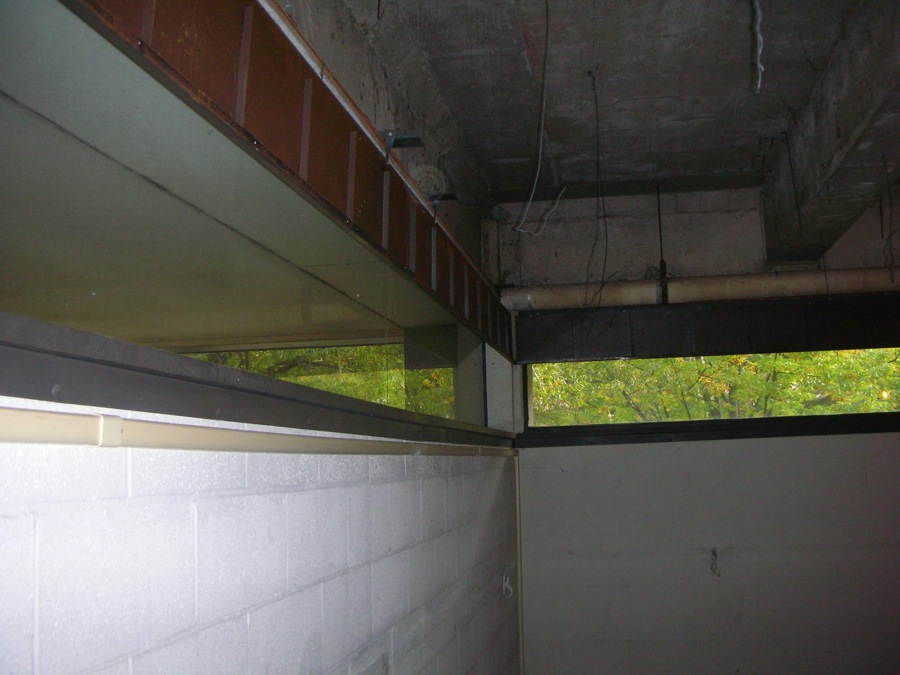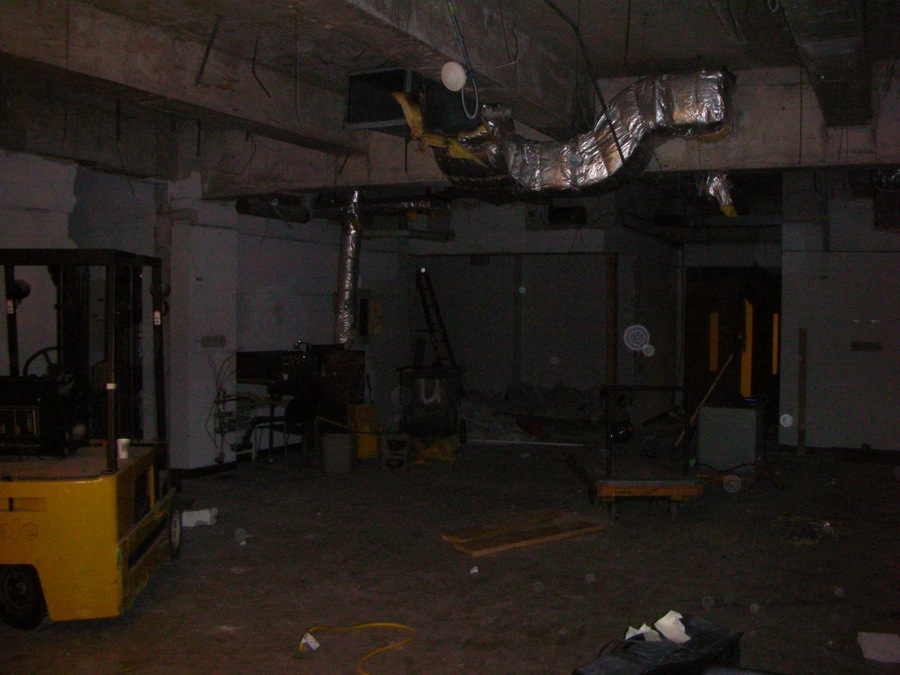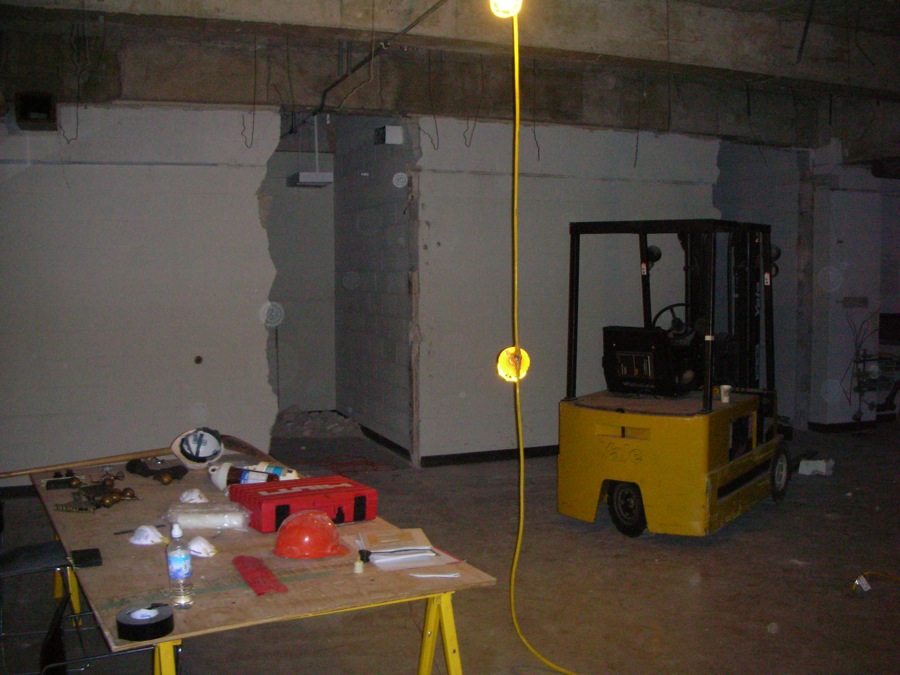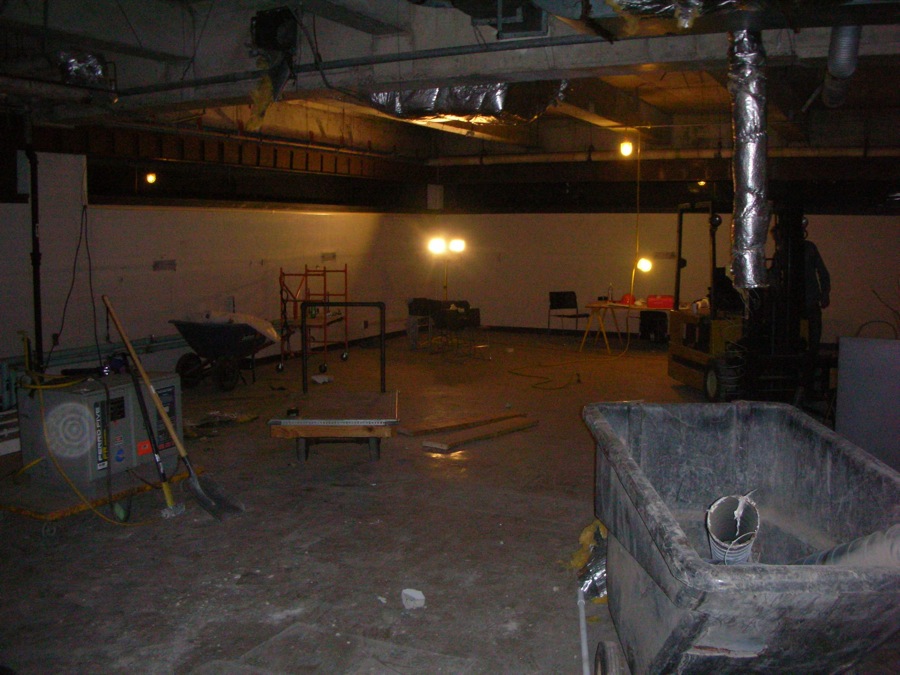Starting February 2009 I will join the Physics Department at Princeton as a new faculty member. I will also be associate faculty of the Lewis-Sigler Institute for Integrative Genomics and of the Molecular Biology Department.
I will teach classes both for the Physics Department and for the Lewis-Sigler Institute. My research is highly interdisciplinary, and my hope is to work closely with students from many science departments across campus, mainly physics, biology, computer science, engineering and applied mathematics.
The research focus of the lab is at the interface of biological physics and systems biology. In particular, understanding embryonic development from the perspective of a physicist that views this highly complex process as a self-assembly problem: How do the different parts and ingredients that originate as a single cell work together to develop into a fully-functioning living animal?
This process of biological self-assembly I am also trying to tackle by looking at the emergence of collective behavior in starved amoebae populations. Here, originally autonomous amoebae display a survival strategy in the face of starvation that leads to a multi-cellular organism that produces spores. This system is very accessible experimentally to understand cell signaling, early stages of cell differentiation and pattern formation and the emergence of collective behavior that leads to multicellularity.
Our research will be mainly experimental, but with a strong theoretical influence, both within the lab and in close collaborations with theorists on campus and elsewhere. On the experimental side the goal is to watch life unfolds, i.e. in vivo measurements and manipulations. We build state-of-the-art microscopes and microfluidics devices, and we make heavy use of tools from molecular biology and genetics. On the theoretical side we design analytical and numerical models both to test and guide our experiments, and we take advantage of tools from computer science to analyze images and large data sets.
A new laboratory is under construction at the moment in 125 Jadwin Hall, the first floor of the physics building next to the stadium. My office will be located on the same floor.

